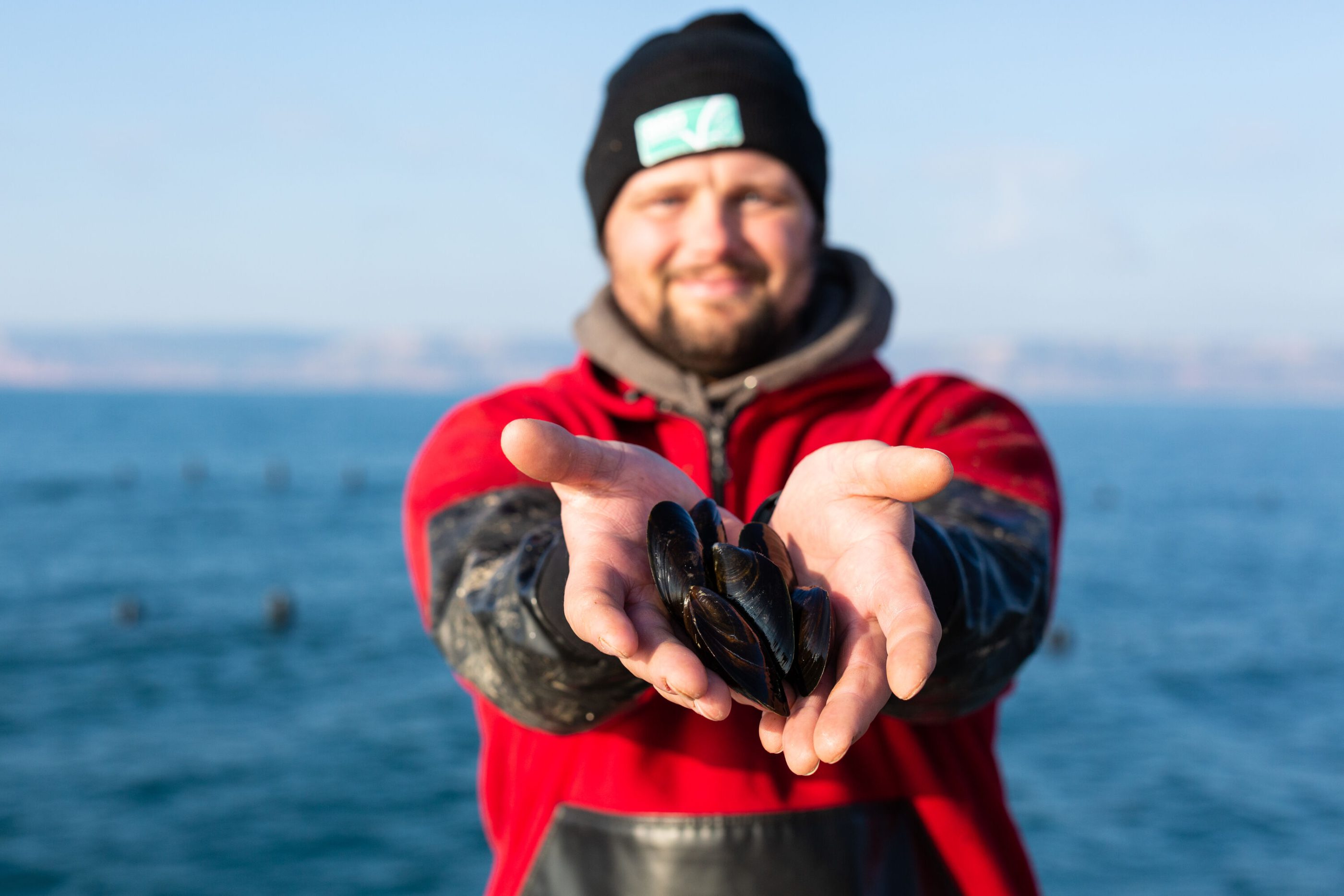
What Our New Salmon Standard Review Will Be Looking at, and Why It’s Important
May 14, 2020
In the last week of April, a two-day meeting (remote, of course) marked the start of a process looking at how the ASC Salmon Standard helps protect both farmed and wild salmon and sea trout against parasites, and whether the latest science and research can perhaps help us do things differently and more efficiently.
By Javier Unibazo, ASC Standards Coordinator, Marine Cage Farming
The ASC’s current Salmon Standard – uniquely among certification programmes for farmed seafood – includes a number of requirements on sea lice, demanding regular monitoring and measurements, transparency, and collaboration with neighbouring farms.
But we want to make sure that the measure associated with this indicator under revision is set at an accurate level and that continues to reflect best practice within the global salmon industry, taking into account recent changes in the industry, new knowledge and the availability of more data.
As the Project Lead for this review, last month’s meeting was something I have been looking forward to for a long time. Even though it was only the start of the revision process, it is the culmination of the first stage of nearly one year of work that I have been carrying out, visiting experts and farmers around the world to research this issue and put together a representative and knowledgeable Technical Working Group (TWG).
The exact scope of the review is Indicator 3.1.7 of the ASC Salmon Standard, which deals with “maximum on-farm sea lice levels during sensitive periods for wild salmonids”.
But let’s take a step back – if you’re not familiar with the world of fish farming, you may be wondering what sea lice are and why we are so concerned about them – though you probably guessed from the name that they’re unwelcome and unpleasant creatures.
Sea lice is a catch-all term for tiny crustacean parasites that are naturally found on marine fish, including salmon. They are unrelated to their human-bothering counterparts (which are insects) but there are similarities – they feed on the skin and blood of the fish, and can cause a number of health and welfare issues. There are many species of sea lice, but the ASC Salmon Standard focuses on those that commonly affect salmon species (and ‘which species we should focus on?’ is also up for debate by the TWG).
Though sea lice occur naturally in the wild, they can be more problematic in farms where salmon gather closely together in one location, making it easier for the lice to spread. There is then the risk that those lice could impact wild salmonids species if they are migrating nearby. Although the extent of that impact is still a matter of debate, the fact that the lice affect the health and welfare of the farmed salmon means tackling this issue should be a priority for everyone in the industry.
The good news is that the salmon aquaculture industry is adaptable, and embraces new solutions – visit the Global Salmon Initiative (GSI)’s website to see just some of the novel approaches being used on farms and potential new solutions being researched. The industry is also relatively young – growing rapidly in just the past few decades. This means that there is now a lot more data than there was even a few years ago (much of it thanks to the transparency of ASC, which requires farms publish regular performance data, including data on the presence and abundance of sea lice). So it makes sense that ASC commits to monitoring the industry and reviewing aspects of its standards when appropriate.
The April meeting was just the beginning – the current timeline estimates that this revision will take about two years. That may seem like a long time, but we fit a lot into the process. We have already consulted the public on the terms of reference for the review, but there will be two more rounds of public consultation as the TWG develops the content of the revision. This is very important for being transparent, accountable, and giving the opportunity for everybody to contribute, including the public. In between these consultations, the working group will also be consulting with the ASC’s Technical Advisory Group (TAG), made up of other aquaculture experts. Finally, it will be presented to the ASC’s Supervisory Board for final approval. So, yes, it is a long process and it involves a lot of consultation, and we think that’s exactly how it should be for such an important issue: this is something that must be done right.
But this isn’t the last you’ll hear from us on this subject until 2022. We intend to keep you updated throughout the process, and will keep the website up to date with the latest news, consultations, and more. And of course, if you want to get in touch with us about this revision please do so.
More information can also be found on the dedicated page for this review.



